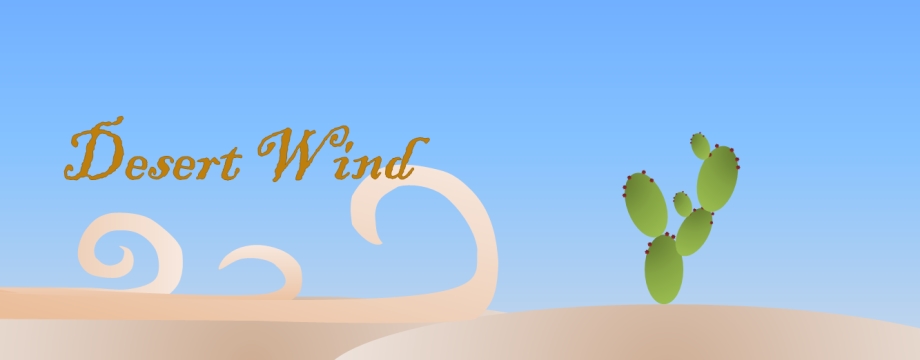
Everything goes in, at least for a little num-num.
List of Bug’s first foods:
Avocado
Brown rice
Carrot
Apple
Banana
Oatmeal
Paper
Paper? Yes, I had a fun little surprise when I changed her diaper this morning; the brightly printed (and very much UNdigested) letters “OG†stared back at me in cheery green ink. Does this explain the fussiness of yesterday? Where did this bit of literature come from in the first place? Like some parents, (I won’t say most, I know many parents are more careful than I am!) I occasionally give the child a bit of paper to crinkle. This enthralls her for about 90 seconds, which, incidentally, is roughly the amount of time needed to inhale one slice of pizza.
While I admit to being a wrinkly, crinkly paper supplier (the paper is wrinkly and crinkly, not me, not yet), I would have staked money on the fact that Bug had never actually SWALLOWED any of the paper. Eh, mouthed it, perhaps, enjoying the fine texture*, as it were. But not swallowed.
The proof is in the, well, it’s in the diaper.
* If you have doubts that paper-in-the-mouth is an enjoyable sensation, you obviously have not had a dog that disdains expensive squeaky toys, only to furtively steal your Kleenex from the box and contentedly rip each individual tissue to shreds. What, that’s just my dog? Oh bother.
_____________________________
And on a marginally related note, my historic paper of the day is a 1911 paper on The History of Infant-feeding from Elizabethan Times (Forsyth, David, M.D.):
Dr. Forsyth gives an intriguing glimpse of a modern 1911 physician and man-of-science’s view on infant feeding practices, both historic and contemporary. From the practice of delaying weaning until all milk teeth had erupted (at around 2 years of age) to the recommendation of weaning at the first tooth (and several options in-between), he recognizes that that the suggestions seem almost arbitrary, but still presents arguments and original rationale for each case. The original rationale alone for not giving a baby cow’s milk makes this paper worth reading (sorry, no spoiler – but you will be rewarded with a mild chuckle). He also seems to enjoy recounting (and citing the source of) the origins of many of the “modern†feeding-practices, some of which you’ll recognize today, having heard them from your helpful grandmother or mother-in-law. Not a meaty read, but at 30 pages, a lengthy one (and enjoyable, if you are into this sort of thing).
Interestingly, the nutritional benefit of eating paper is never mentioned.
